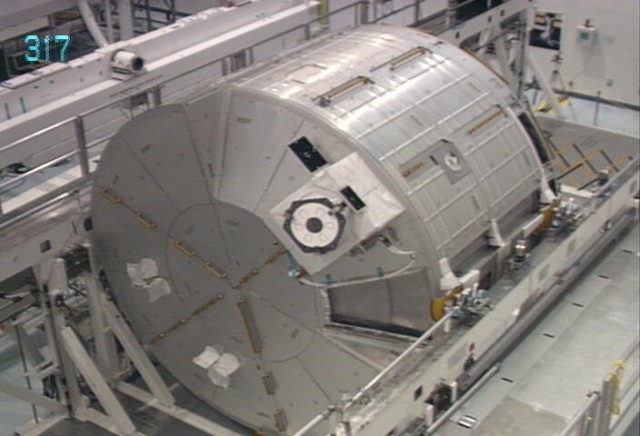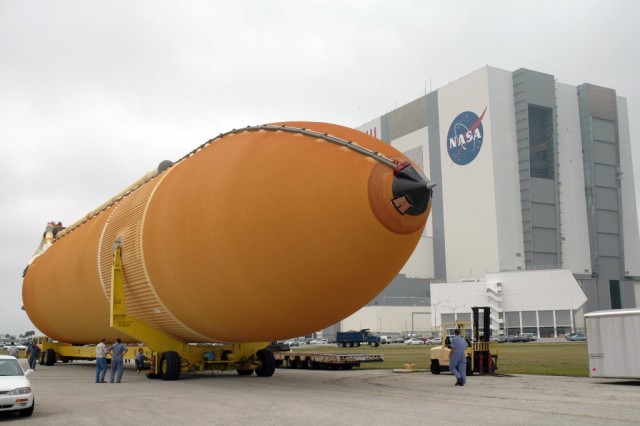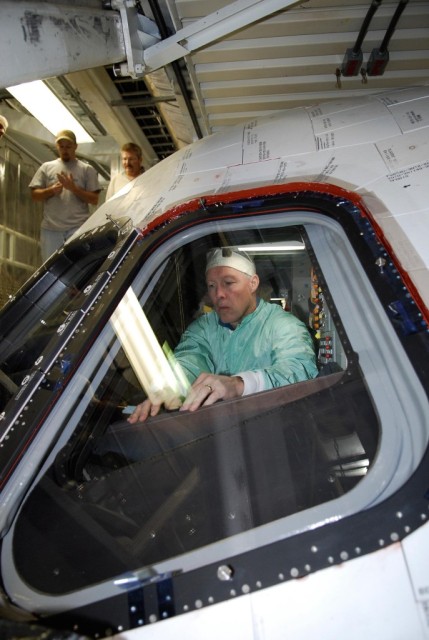… lol … No, I am not talking about the space shuttle. It is me who is changing into “road mode”. It kind of sounded cool ;) What it really means is that I will leave my desk soon and drive down to the European Columbus Control Center close to Munich. This is about a three-hours drive (approx 150 miles) from my place – if all goes well.
Germany is 6 hours ahead of Florida, so the launch is here at 10:31p local time. The press facility at Columbus Control Center opens at 4p and I hope to be there by 7p. I need to check in to the hotel before, because the reception is open only until midnight (not uncommon over here…). So I need to plan for a brief stop there, too.
“Road mode” means a few changes to my blogging. Most importantly, I think I’ll do a number of blogposts via my PDA, which has cell-based Internet. That means lots of typos and short sentences and the grammar may be even more horrible than it is in everyday life. But I hope you’ll get a good impression. I also just (really: just!) got my brand-new cell based broadband Internet wireless card up and running. So I may post from the notebook.
In any case, I expect me to be very busy. So I will not place any links, tags, whatever into the mails. I take pictures, but I am not sure if I find time to upload them today. Most importantly, I must take care of my reporting job for raumfahrer.net, because these guys made me go there (and, besides, it is a great team effort, a great experience). I will also probably be unable to poll other Internet news sources. But I guess I can keep quite good up on the status from within mission control ;)
I will also most probably not find any time to comment. Don’t be disappointed if I do not reply (also applies to yesterday’s comments). I really appreciate your comments and will reply as soon as possible – what probably means Friday afternoon or Saturday.
So, now I’ll do the final preparations and then head to my car. I wish all of you a great launch. So far, it still looks excellent!
Rainer






